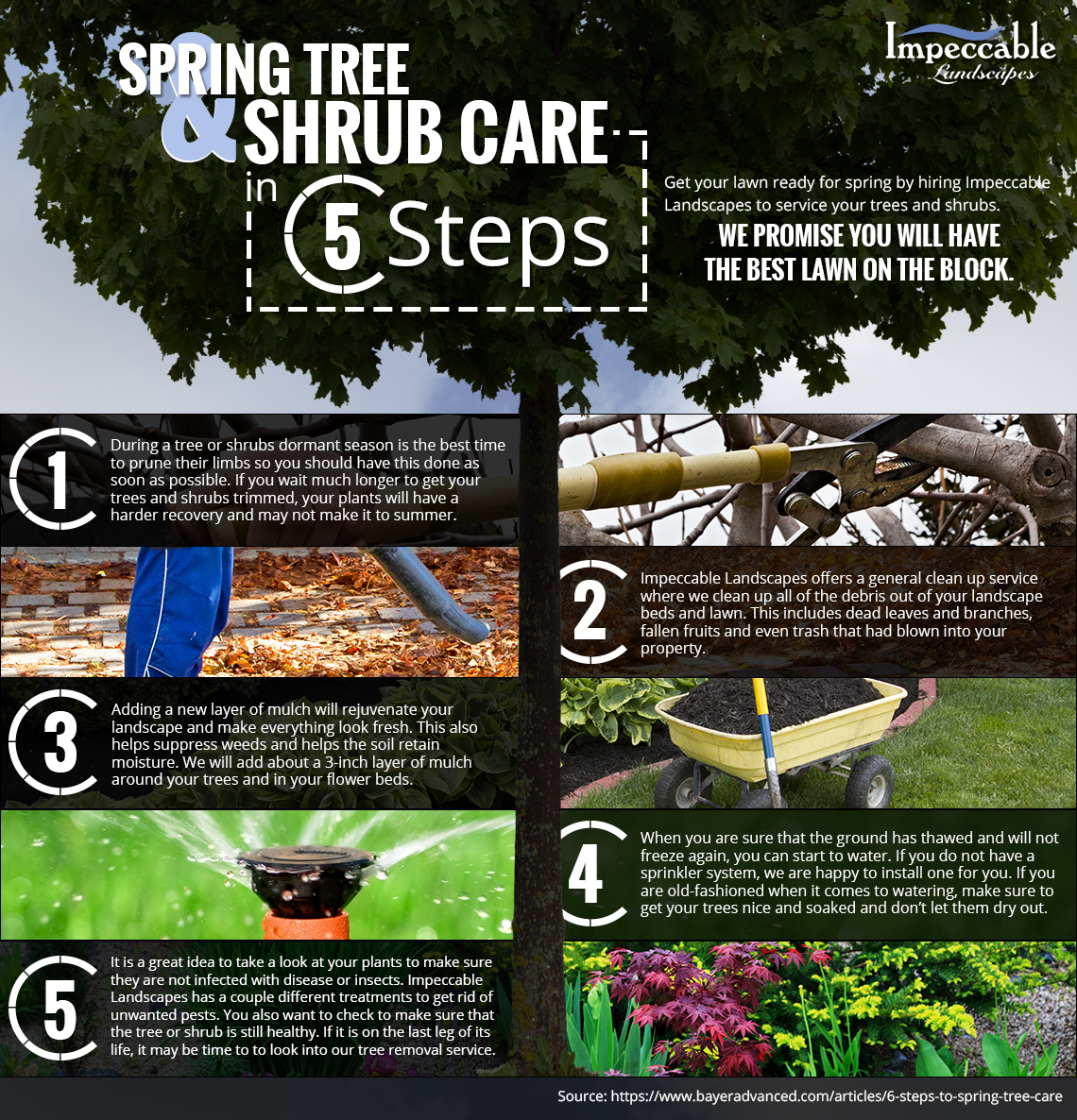Post-Tree Elimination Upkeep Is Vital For Recovering Your Landscape; Find Out Essential Steps To Rejuvenate Your Area And Prevent Prospective Problems
Post-Tree Elimination Upkeep Is Vital For Recovering Your Landscape; Find Out Essential Steps To Rejuvenate Your Area And Prevent Prospective Problems
Blog Article
Personnel Author-Franks Deal
After a tree's elimination, your landscape may look rather different, and it's necessary to evaluate the aftermath carefully. You'll intend to assess the soil disruption and check surrounding plants for any type of indications of stress. Disregarding these aspects can bring about bigger troubles down the line. So, what should you make with those stumps and roots? And exactly how do you pick the very best plants for your revitalized area? Let's discover Web Site .
Analyzing the Results: Reviewing Your Landscape
After a tree elimination, it's crucial to evaluate your landscape to recognize the effect it has on your yard.
Begin by checking out the area where the tree stood. Try to find indications of dirt disturbance, and check the bordering plants for any stress or damages.
You need to additionally remember of just how the removal has altered sunshine direct exposure and airflow in your garden. This change can affect the development of neighboring plants, so it's essential to assess their health and wellness.
Consider the aesthetic facets as well; the removal could produce an open space that you can upgrade.
Lastly, think about any kind of prospective erosion issues that might develop from the tree's absence. Resolving these elements early will aid recover balance to your landscape.
Handling Stumps and Origins: Options for Removal
As soon as you've analyzed the consequences of the tree elimination, you'll likely need to take on the stump and roots left behind.
You have a few alternatives for elimination. One reliable method is stump grinding, where a professional utilizes a machine to grind the stump down to below ground level. This technique leaves very little interruption to your landscape.
If you choose a DIY method, you can utilize a mix of digging and chemical stump eliminators. Simply bear in mind, this procedure can require time and effort.
Additionally, take into consideration leaving the stump as a natural feature, which can function as a distinct yard element or environment for wildlife.
Whatever you pick, dealing with the stump and origins is vital for recovering your landscape.
Picking the Right Plants for Your New Area
As you analyze your recently cleared area, selecting the right plants can significantly improve your landscape's elegance and functionality.
Start by taking into consideration the sunlight and dirt problems. For https://www.wenatcheeworld.com/community/planting-a-tree-here-are-some-tips-that-will-help-it-thrive/article_b10c1876-8fa6-11ea-9b8e-4bfecf3acc48.html , opt for drought-resistant plants like lavender or succulents. In shaded areas, ferns and hostas prosper well.
Consider the dimension and growth practices of your plants; mix perennials and annuals for seasonal variety. Don't fail to remember to integrate native varieties; they call for much less maintenance and assistance local wild animals.
Group plants in strange numbers for an extra natural look and create layers for visual depth.
Finally, ensure you have a mix of shades and textures to keep your landscape vibrant throughout the seasons.
Happy planting!
Final thought
Finally, restoring your landscape after tree removal is a gratifying procedure. By assessing Landscaping After Large Tree Removal , attending to stumps and roots, and selecting the right plants, you'll create a thriving setting. Do not forget to include disintegration control steps to safeguard your soil. With a little initiative and treatment, you can change your space right into a lively yard that improves your property. Welcome the possibility to revitalize your landscape and delight in the appeal of nature right in your yard!
